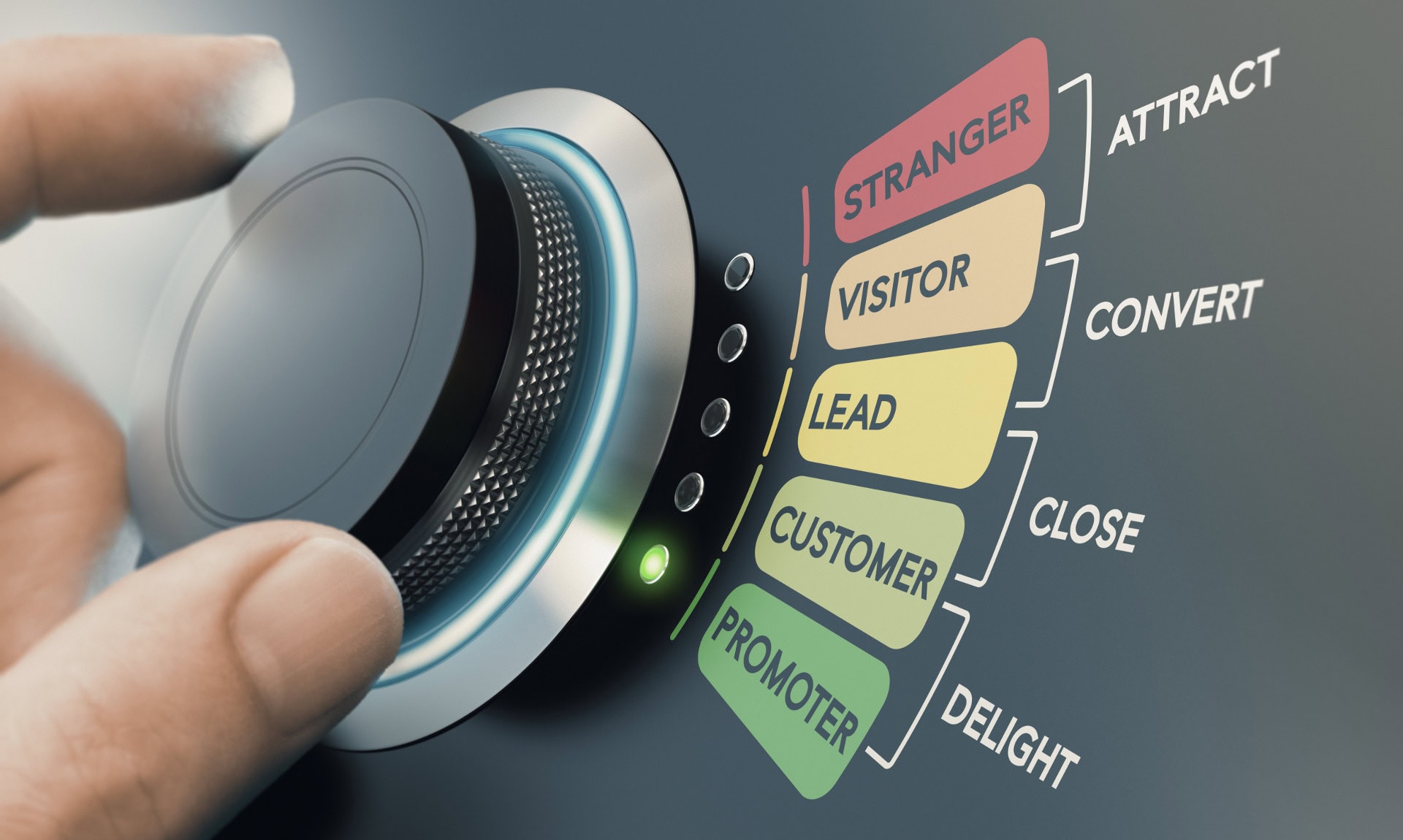
10 Sales Funnel Optimization Strategies That Actually Work
Sales funnel optimization is crucial for boosting conversions and maximizing marketing efforts. Experienced marketers can fine-tune each sales funnel stage by employing advanced strategies to drive better results.
This article will explore ten proven sales funnel optimization strategies that actually work.
What Is a Sales Funnel?
A sales funnel, also known as a conversion funnel, is a visual representation of the customer journey, segmented into the upper funnel, mid-funnel, and lower funnel stages.
The upper funnel encompasses the awareness and discovery phases, the mid-funnel includes consideration and engagement, and the lower funnel focuses on decision-making and conversion. This structure helps marketers strategically guide potential customers through each stage, optimizing their path to purchase.
Sales Funnel vs. Marketing Funnel
A marketing funnel focuses on generating interest and brand awareness to attract potential customers without a specific concentration on sales and revenue.
The primary difference is that a sales funnel emphasizes converting those potential customers into actual buyers through targeted strategies and techniques.
- Learn More: Marketing Funnel vs. Sales Funnel
Now, let’s discuss how to optimize a sales funnel the right way with these ten proven strategies.
1. Implement Dynamic Content Personalization
Dynamic content personalization customizes the user experience by delivering tailored messages and offers based on individual behavior and preferences. This increases engagement and conversion rates by making content more relevant to each user.
Example: E-commerce sites show personalized product recommendations based on past purchases and browsing history.
2. Utilize Multi-Touch Attribution Modeling
Multi-touch attribution modeling evaluates all customer touchpoints to understand which channels and tactics drive conversions. This helps marketers optimize their strategies and allocate resources effectively.
Example: Marketing teams analyze the impact of email campaigns, social media ads, and search engine marketing on final sales.
3. Integrate Advanced Lead Scoring Techniques
Advanced lead scoring uses algorithms and data analysis to evaluate the potential value of leads based on various factors like behavior and engagement. This allows sales teams to focus on high-quality leads most likely to convert.
Example: CRM systems assign scores to leads based on website interactions and email responses, prioritizing follow-up actions.
4. Leverage AI-Powered Chatbots
AI-powered chatbots provide instant, personalized customer support and engagement, helping to guide prospects through the sales funnel. They can answer queries, recommend products, and capture lead information efficiently.
Example: Retail websites use chatbots to assist customers with product inquiries and suggest relevant items, improving conversion rates.
5. Conduct Regular A/B Testing on Funnel Stages
Regular A/B testing involves comparing two versions of a webpage, email, or other marketing element to determine which performs better. This strategy helps optimize each stage of the funnel by identifying and implementing the most effective variations.
Example: Marketers test different call-to-action buttons on landing pages to see which one generates more conversions.
6. Optimize Funnel Performance with Predictive Analytics
Predictive analytics uses historical data and machine learning to forecast future customer behaviors and trends. This enables marketers to proactively optimize funnel stages and tailor strategies to maximize conversions.
Example: Companies use predictive analytics to identify which leads are most likely to convert based on past interactions and behaviors, refining their targeting efforts.
7. Enhance Retargeting Campaigns with Behavioral Data
Enhancing retargeting campaigns with behavioral data involves using insights from user interactions to deliver more relevant ads to those who have previously engaged with your brand. This increases the likelihood of re-engaging and converting these prospects.
Example: E-commerce platforms retarget visitors with ads featuring products they viewed but didn’t purchase, encouraging them to return and complete the transaction.
8. Utilize Exit-Intent Popups and Offers
Exit-intent popups detect when a user is about to leave your website and display a targeted message or offer to retain them. This strategy can capture abandoning visitors and convert them into leads or customers.
Example: Online stores use exit-intent popups to offer a discount code when users are about to leave their site without making a purchase.
9. Employ Marketing Automation for Nurturing Leads
Marketing automation streamlines and automates repetitive tasks, such as sending personalized emails and follow-ups, to nurture leads throughout the sales funnel. This ensures consistent and timely communication, improving lead engagement and conversion rates.
Example: Businesses use marketing automation platforms to send a series of tailored emails based on a lead’s behavior and stage in the funnel, guiding them toward a purchase.
10. Incorporate Customer Feedback Loops
Incorporating customer feedback loops involves continuously collecting and analyzing feedback from customers to improve and refine the sales funnel. This strategy helps identify pain points and areas for enhancement, ensuring the funnel aligns with customer needs and preferences.
Example: SaaS companies use customer surveys and feedback forms to gather insights on user experience, making adjustments to improve satisfaction and conversion rates.
- Ready to get started? Learn about the proven step-by-step funnel building process.
Sales Funnel Optimization: Final Thoughts
Optimizing your sales funnel is essential for driving conversions and maximizing marketing effectiveness. By implementing advanced strategies such as dynamic content personalization, multi-touch attribution, and predictive analytics, you can fine-tune each stage of the funnel for better results. Continuously refining your approach ensures that your sales funnel remains effective and aligned with evolving customer behaviors and preferences.
News Via Inbox
Get our monthly report on all the latest and greatest trends in digital marketing.



